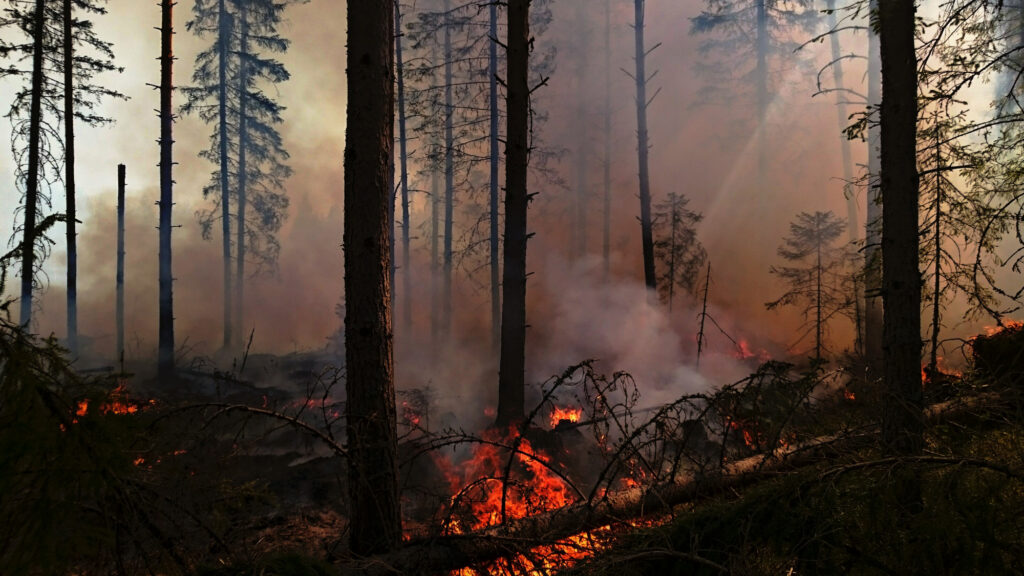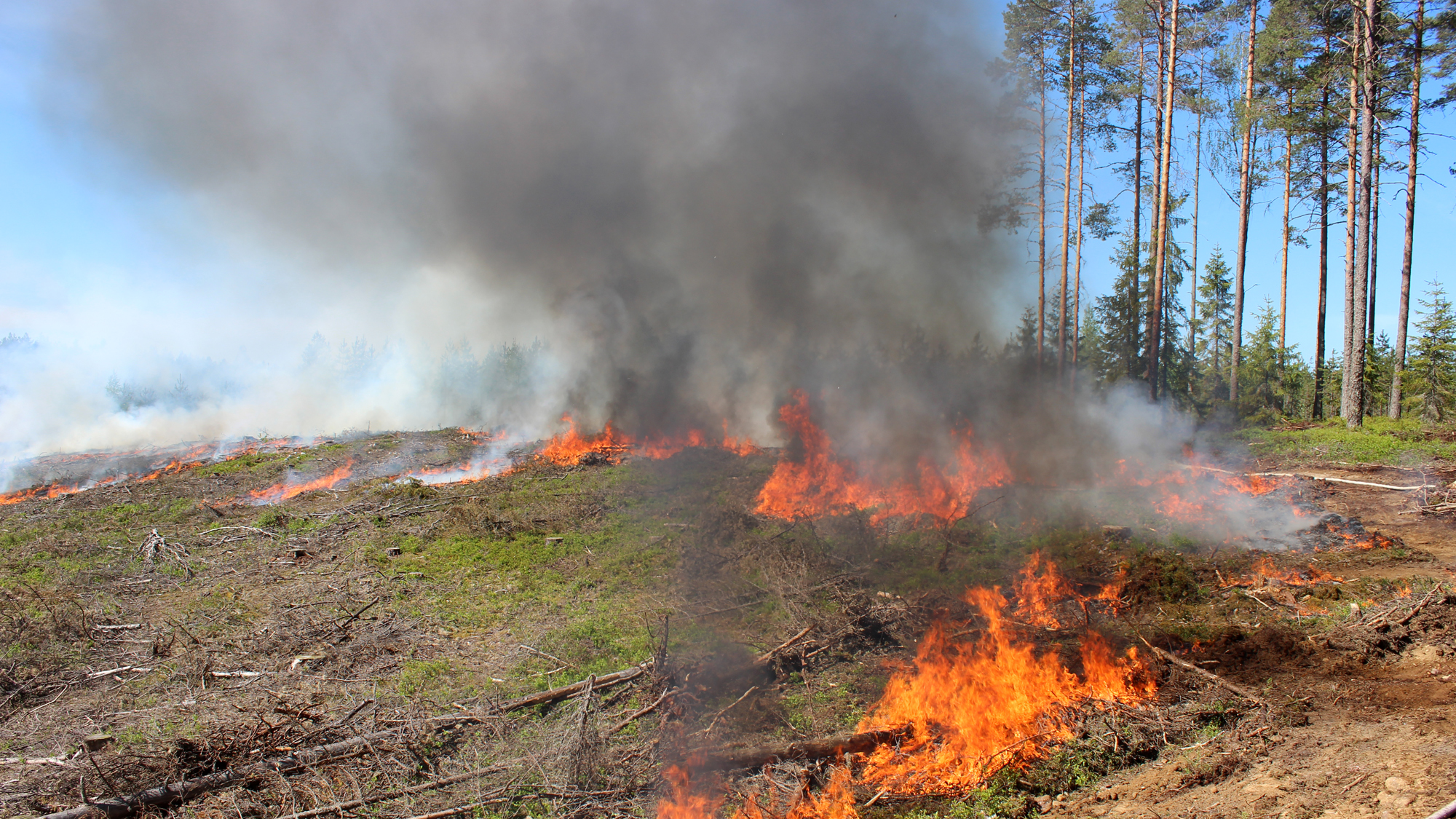Management by fire increases forest biodiversity

When you smell smoke in a Finnish forest, it is fortunately not always a forest fire, but a controlled burning operation. Prescribed burning is a traditional method of forest management, which also increases biodiversity.
In the 1950’s, controlled burning was undertaken on up to 35.000 hectares of Finnish forests each year. At present, the annual area is less than 1.000 hectares. Burning the forest is expensive compared to other soil preparation methods, and it requires time and workers.
“Controlled burning is still an effective way of soil preparation, when the know-how and equipment are in order. Burning is also almost the only way when you want to combine nature and forest management in soil preparation,” says Mr. Juha-Matti Valonen, Environmental Specialist at UPM.
UPM is one of the largest actors using controlled burning in Finland. In addition, other big forest companies, the state-owned enterprise Metsähallitus, and, for example, large jointly-owned forests use controlled burning, but anyone is allowed to manage their forest by burning, as long as the plans and permits are in order.

The objectives of controlled burning nowadays are more related to nature than to forest management. For example, Metsähallitus no longer burns regeneration areas, but it does burn retention trees to enhance biodiversity and restores areas by burning.
Controlled burning is required by forest certification. The PEFC requires burning if the certified forest covers an area of more than 200.000 hectares. The owner of an FSC-certified forest must undertake controlled burning if the forest is more than 10.000 hectares in size.
Wait until a forest fire warning is in force
Controlled burning has many benefits as a soil preparation method in forestry. It increases nutrients and reduces undergrowth for a while. The soil is warmer in the summer because the heat-insulating humus layer becomes thinner. In addition, controlled burning is known to reduce pests and annosum root rot (Heterobasidion annosum), financially the most important forest pathogen in the Northern hemisphere.



Controlled burning is suitable for forest management especially when you want to change the tree species. “If there is a spruce stand on a poor soil and you want to plant the area with pine, controlled burning is worth considering,” says Mr. Risto Höglund, forestry expert at UPM.
The experienced burning specialist says it is important that the soil is dry enough. Otherwise, the fire may smoulder in the humid forest floor or an anthill, and flare up in a sudden gust of wind. Thus, in Finland, forest is usually burned in springtime and when a forest fire warning is in force. The area is supervised until the next rain.
According to Höglund, a perfect controlled burning area is about ten hectares, which takes one day to burn down and can be ringed with fire-fighting equipment.
“What is essential is the shape of the area. It is easier to control the fire in a circular area which is bordered by waterways and forest roads,” Höglund says.
If there are no natural boundaries, a treeless zone has to be cleared around the edges as a fire alley. Logging residue is spread evenly across the area to be burned. Because of this it is preferable that the decision about controlled burning is taken already when planning the final felling.
Beetles arrive by nightfall
From the perspective of nature management, controlled burning replaces wildfires, which are effectively extinguished in Finland these days. Controlled burning increases the volume of decaying and burnt wood, which is necessary for many endangered species.
“The first flying insects arrive already by nightfall after a controlled burning,” Höglund knows.
One of the first creatures to show up is the jewel beetle Melanophila acuminata, an endangered beetle a few centimetres in length and the colour of charred wood. Rarities favouring burned areas also include the small Geranium bohemicum, whose seeds only germinate in intense heat. Many fungi also require scorched wood.
This summer, Höglund has burned nearly thirty hectares of forest in Savonlinna and Pieksämäki in eastern Finland. These operations were part of a project called Light & Fire LIFE.
The aim of the project is to create suitable habitats for flora and fauna adapted to dry soils, plenty of light and warmth and sparse sources of nutrition. It is financed by an EU instrument supporting environmental and nature conservation projects and coordinated by Metsähallitus. The aim is to restore a total of 470 hectares of light and fire environments throughout the country by 2020.
Kirjoita kommentti